Disclosure: This article contains affiliate links. We may earn a commission from purchases at no extra cost to you, which helps our travel content.
The morning mist clung to the foothills of Cerro Ñielol as I sipped mate from a hand-carved wooden cup, the earthy aroma transporting me to a place where time moves differently. At 63, I've paraglided over the Alps and scuba-dived Australia's Great Barrier Reef, but nothing quite prepared me for the profound cultural immersion awaiting in Temuco, Chile. This unassuming city in the Araucanía Region serves as the beating heart of Mapuche culture—Chile's largest indigenous group whose resilient spirit mirrors aspects of my own journey between Korean and American identities. When my friend María suggested we explore her homeland together, I expected beautiful landscapes. What I discovered instead was a tapestry of ancient traditions, culinary revelations, and spiritual connections that reminded me how cultural preservation creates bridges across generations. For couples seeking meaningful travel beyond tourist checkboxes, Temuco offers something increasingly rare: authentic cultural exchanges that transform visitors from observers to participants in living traditions.
Finding Authentic Mapuche Experiences in Temuco
After decades of adventure travel, I've developed a sixth sense for distinguishing tourist performances from genuine cultural experiences. Temuco rewards those willing to venture beyond the obvious with encounters that feel less like transactions and more like invitations.
My journey began at the Museo Regional de la Araucanía, where exhibits provided essential context about Mapuche history and their ongoing struggles for recognition. While informative, museums can only tell part of the story. The real magic happens in the rural communities surrounding Temuco, where Mapuche families maintain their traditions despite modernization pressures.
Through my Chilean friend María's connections, we arranged visits to several rukas (traditional Mapuche dwellings) in communities like Padre Las Casas and Chol Chol. Unlike the choreographed cultural shows I've encountered elsewhere, these visits felt like genuine cultural exchanges. Before visiting, I purchased a travel journal to document these experiences—something I highly recommend as the nuances of these cultural interactions deserve more than just digital photos.
The key to meaningful engagement lies in patience and respect. When elder women demonstrated traditional weaving techniques on their witral (vertical looms), I noticed how their expressions softened when I showed genuine interest in the symbolic patterns representing their cosmology. My background in textiles from Korea created an unexpected connection point, and soon we were comparing natural dyeing techniques across our cultures.
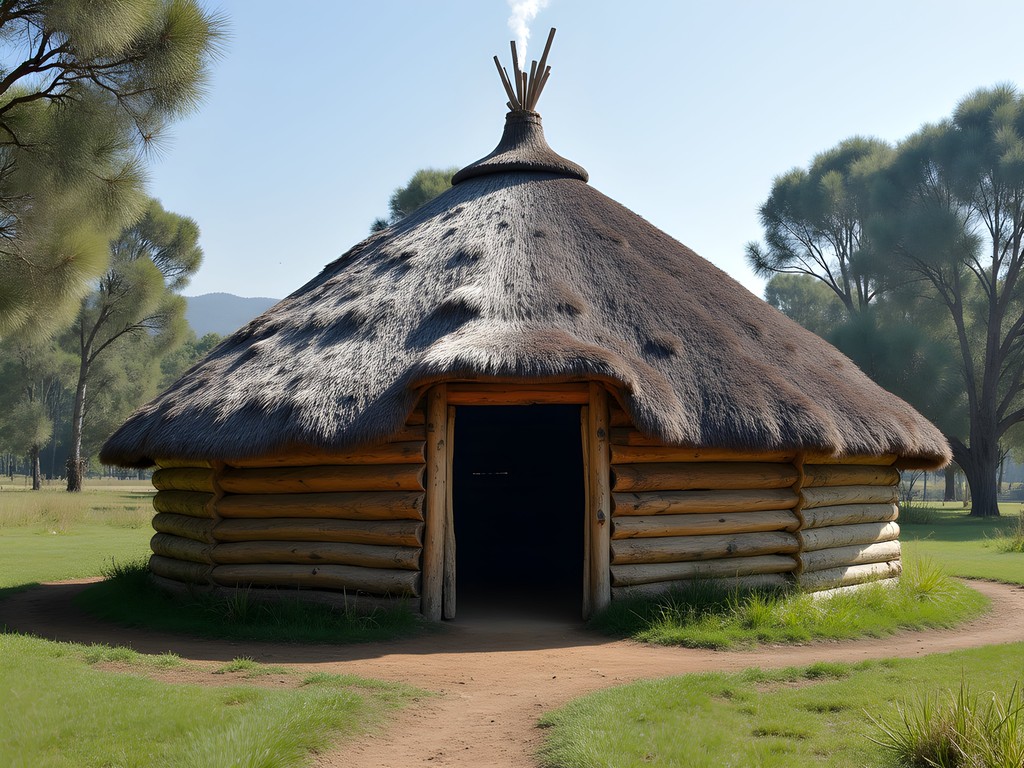
💡 Pro Tips
- Arrange visits to rural communities through local guides with established relationships to ensure your visit benefits the community directly
- Learn a few basic Mapudungun phrases (Mapuche language) like 'mari mari' (hello) to show respect
- Bring small, thoughtful gifts when visiting homes—locally purchased tea or herbs are appropriate
Sacred Ceremonies and Spiritual Traditions
My most profound experience in Temuco came through participation in a nguillatun—a sacred Mapuche ceremony that connects community members with ancestral spirits and natural forces. While these ceremonies aren't typically open to outsiders, María's family connections and my genuine interest in cultural preservation earned us an invitation to observe portions of this spiritual gathering.
I approached this privilege with the same reverence I would expect visitors to show at my family's ancestral ceremonies in Korea. The nguillatun took place in a sacred field surrounded by ancient araucaria trees, where the machi (spiritual leader) conducted rituals involving offerings, prayers, and traditional instruments. The haunting sounds of the trutruka (wind instrument) and the rhythmic beats of the kultrun (ceremonial drum) created a meditative atmosphere that transcended language barriers.
What struck me most was how the ceremony wove together spirituality with environmental stewardship. The Mapuche worldview sees humans as caretakers rather than owners of the land—a philosophy that resonates deeply with my own environmental values developed through decades of exploring fragile ecosystems.
For couples interested in spiritual dimensions of Mapuche culture, I recommend visiting Cerro Ñielol Natural Monument. This sacred hill features trails through native forests where you can witness the canelo (cinnamon tree) and other plants central to Mapuche medicine and spirituality. I carried my binoculars which proved invaluable for spotting native birds and appreciating distant vistas that hold spiritual significance to local communities.
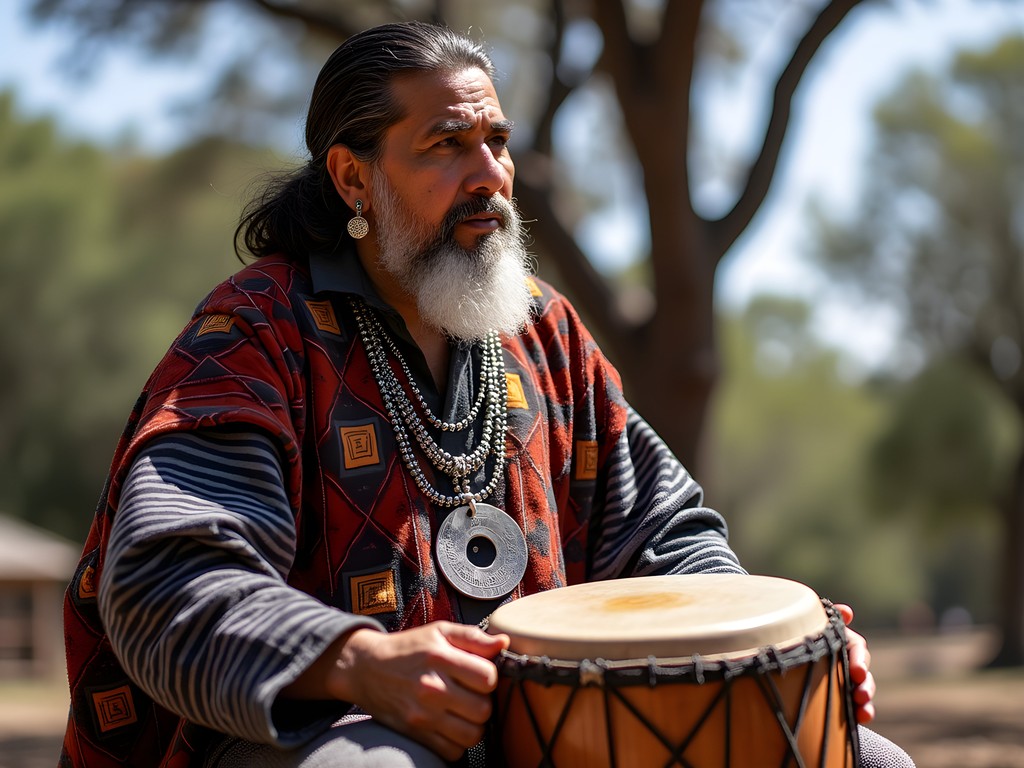
💡 Pro Tips
- Never photograph spiritual ceremonies without explicit permission
- Remove shoes when entering sacred spaces if asked
- Maintain respectful silence during rituals and follow the lead of local participants
Culinary Heritage: Beyond the Plate
At 63, I've learned that food reveals more about a culture than guidebooks ever could. Mapuche cuisine offered me insights into their resourcefulness, connection to the land, and the resilience that has preserved their traditions through centuries of challenges.
In Temuco's Mercado Municipal, I discovered ingredients unknown to my Korean-American palate: piñones (pine nuts from araucaria trees), maqui berries with their potent antioxidant properties, and merkén—a smoky chili seasoning that I now carry in my travel spice kit. The market vendors, initially reserved, warmed considerably when I expressed genuine curiosity about their products.
The highlight of our culinary exploration was a cooking workshop in a rural community outside Temuco. In the warm kitchen of a Mapuche home, María and I learned to prepare catuto (wheat bread), muday (fermented grain beverage), and curanto—a feast of meats, seafood, and vegetables cooked in an earth oven.
What fascinated me was the parallel between Mapuche cooking methods and the traditional Korean techniques I grew up with. Both cultures developed sophisticated fermentation processes and cooking techniques that maximize flavor while preserving food—practical knowledge born from necessity that has become culinary heritage.
Our host, Señora Carmen, showed us her garden where she cultivates native herbs used in both cooking and traditional medicine. She generously shared cuttings of poleo (pennyroyal) and matico (pepper elder) along with instructions for their medicinal uses. I recorded these in my waterproof notebook, which has become an invaluable companion for documenting traditional knowledge during my travels.

💡 Pro Tips
- Book cooking workshops through Temuco's tourism office or trusted local guides
- Visit the Mercado Municipal early (before 10 am) when produce is freshest and vendors have more time to chat
- Try navegado (spiced mulled wine) on cold evenings—a Chilean specialty with Mapuche influences
Textile Traditions and Artisanal Crafts
The moment I held the intricately woven makuñ (Mapuche poncho) in my hands, memories of watching my grandmother work on traditional Korean textiles flooded back. There's a universal language in handcraft that transcends cultural boundaries—a truth I've discovered repeatedly in my six decades of life across continents.
Temuco's artisan markets showcase Mapuche textiles that tell stories through symbolic patterns and natural dyes. The geometric designs in reds, blacks, and blues aren't merely decorative; they represent cosmological beliefs and family lineages. As someone who's collected textiles from Peru to Thailand, I was struck by the technical sophistication and cultural significance of these weavings.
In the rural community of Chol Chol, we visited a women's weaving cooperative where traditional techniques are being preserved and adapted for contemporary markets. The witral (vertical loom) techniques have remained essentially unchanged for centuries, though the younger weavers are innovating with new applications while maintaining traditional symbolism.
What made this experience special was the genuine cultural exchange. When I shared photos of my mother's traditional Korean textiles on my tablet, the Mapuche weavers were fascinated by the similarities in natural dyeing techniques. Soon we were comparing indigo processing methods across our cultures, finding unexpected commonalities in our textile traditions.
For those interested in deeper engagement, several cooperatives offer weaving workshops where visitors can learn basic techniques. These aren't tourist-oriented "make and take" activities, but genuine skill-sharing experiences that support economic sustainability for Mapuche artisans while preserving cultural knowledge.
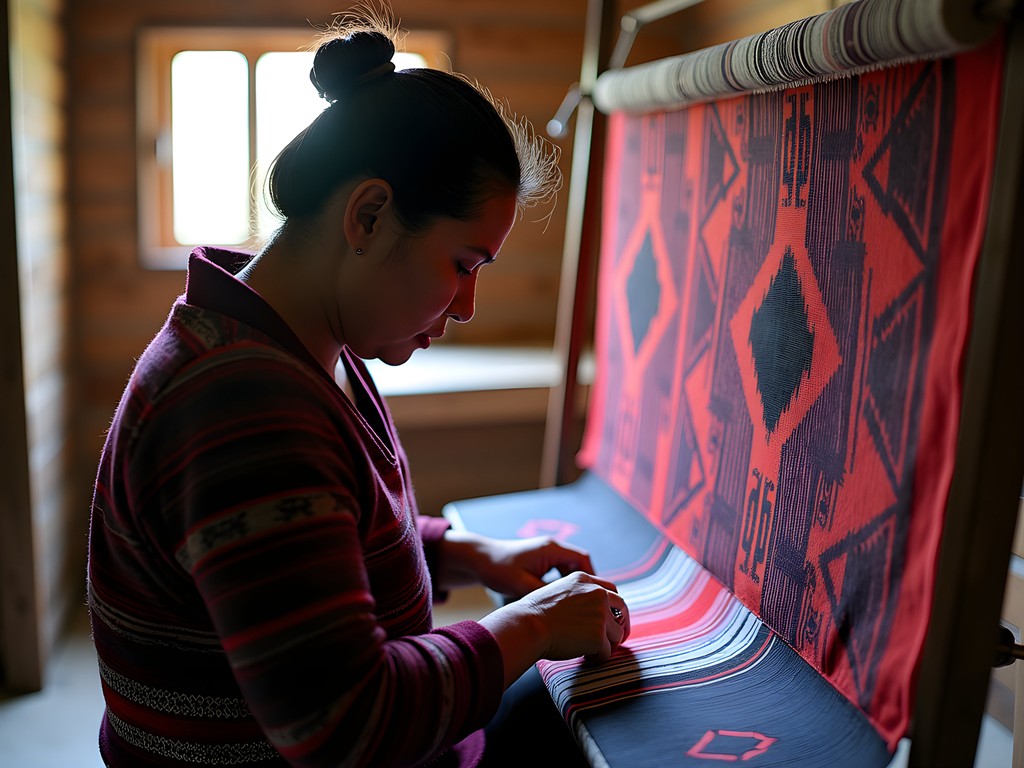
💡 Pro Tips
- Purchase textiles directly from artisans or cooperatives rather than resellers to ensure fair compensation
- Ask permission before photographing artisans or their work
- Look for the Sello de Origen certification which guarantees authentic Mapuche craftsmanship
Sustainable Tourism and Cultural Preservation
At this stage in my life, how I travel matters as much as where I travel. In Temuco, I witnessed both concerning examples of cultural commodification and inspiring models of sustainable cultural tourism that benefit indigenous communities.
The most meaningful experiences came through community-based tourism initiatives where Mapuche families maintain control over how their culture is presented. Organizations like Ruka Kimun arrange homestays and cultural experiences where proceeds directly support local communities and cultural preservation efforts.
During our stay at a family-run lodge near Lake Budi, I observed how tourism was providing economic alternatives that allowed younger Mapuche to remain in their communities rather than migrating to cities. Our hosts, a multigenerational family, shared how tourism income had enabled them to maintain traditional agricultural practices while sending their children to university.
For couples seeking meaningful cultural exchanges, I recommend staying at least two nights in a community to move beyond surface-level interactions. Bring along a portable water filter to reduce plastic waste in rural areas where recycling infrastructure is limited—a small step toward responsible tourism.
What struck me most was how the Mapuche approach to tourism parallels what I've observed in indigenous communities from New Zealand to South Africa: a determination to share culture on their own terms while adapting to changing economic realities. As visitors, our responsibility is to approach these exchanges with humility and genuine curiosity rather than treating culture as a commodity to be consumed.
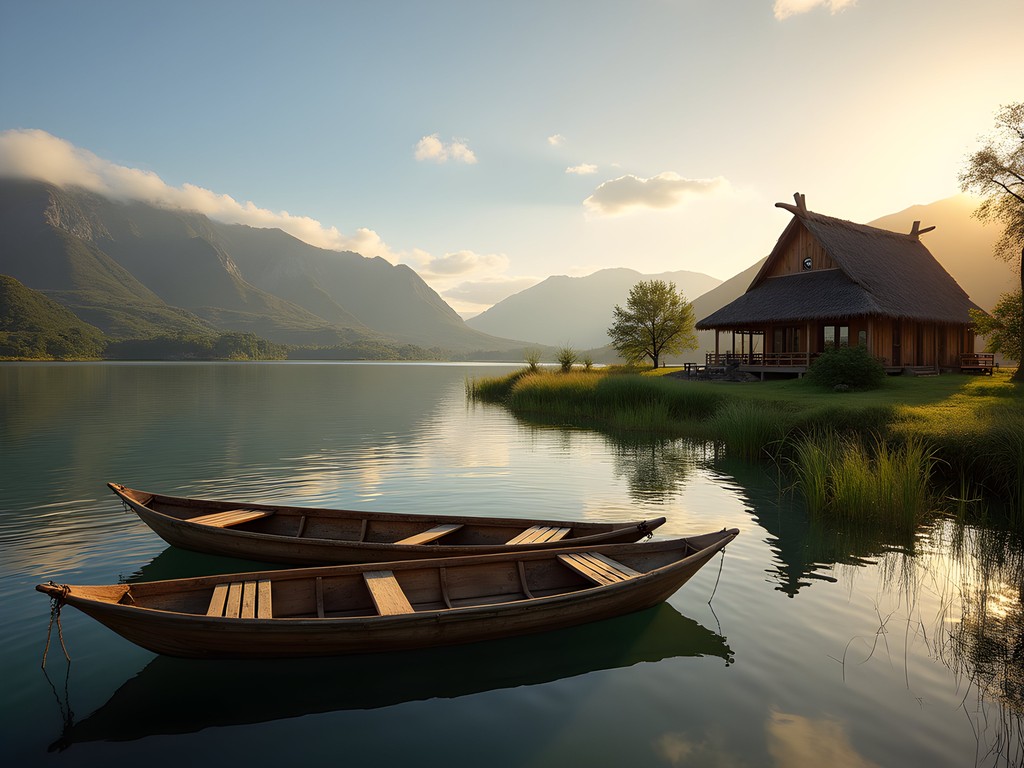
💡 Pro Tips
- Research tour operators to ensure they have ethical partnerships with Mapuche communities
- Be mindful of photography—always ask permission before taking photos of people or sacred sites
- Consider bringing useful gifts rather than candy or trinkets if staying with families (quality school supplies are appreciated)
Final Thoughts
As our weekend in Temuco drew to a close, María and I shared a final mate tea on the balcony of our guesthouse, watching sunset paint the Andean foothills in shades of amber and gold. At 63, I've learned that the most meaningful travel doesn't necessarily take you to iconic landmarks, but rather to moments of genuine human connection across cultural boundaries. Temuco offered us precisely this—a window into living traditions that continue to evolve while maintaining their essential spirit. For couples seeking experiences beyond the typical Chilean itinerary of Santiago, Patagonia, and wine country, this indigenous heartland provides something increasingly rare: cultural immersion that transforms rather than simply entertains. The Mapuche people's resilience, their connection to the land, and their determination to preserve their heritage while adapting to modern challenges left me with renewed appreciation for my own cultural journey between Korean roots and American life. In our rapidly homogenizing world, these authentic exchanges become ever more precious—reminders that the most valuable souvenirs are the perspectives we gain rather than the objects we acquire.
✨ Key Takeaways
- Authentic Mapuche cultural experiences require moving beyond Temuco into surrounding rural communities
- Respectful engagement and genuine curiosity open doors to meaningful cultural exchanges
- Community-based tourism initiatives provide the most ethical and rewarding experiences while supporting cultural preservation
- The parallels between indigenous wisdom traditions across cultures reveal our shared human experience
📋 Practical Information
Best Time to Visit
Year-round, though September-April offers milder weather
Budget Estimate
$75-150 per day for mid-range accommodations, meals, and experiences
Recommended Duration
Minimum 2-3 days to experience both urban and rural Mapuche culture
Difficulty Level
Easy To Moderate (Some Rural Experiences Require Basic Fitness)
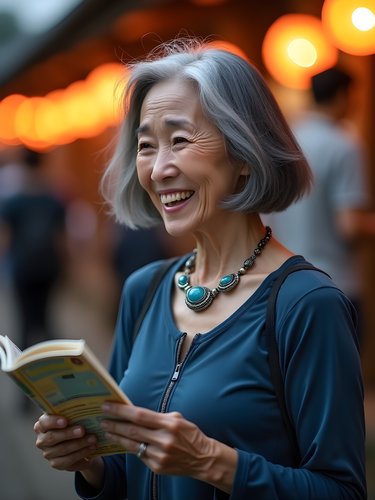















Comments
wanderlust_jane
Just got back from Temuco and followed some of your recommendations! The muday (fermented grain drink) was... an acquired taste, haha, but I'm so glad I tried it. We stayed with a family in a traditional ruka and the smoke-filled interior was such a unique experience. The grandmother taught my daughter how to use a traditional loom - definitely the highlight of our Chile trip. One tip: bring cash as many of the small artisan shops don't take cards.
Sophia Holmes
So happy to hear this! Yes, muday is definitely unique - I found I liked it more each time I tried it. Great tip about the cash too.
ChileTraveler42
Those sopaipillas look amazing! Making me hungry just looking at the photos!
escapeclimber
Is it appropriate for visitors to participate in ceremonies? I want to be respectful but would love to experience the spiritual side of Mapuche culture.
Hunter Thompson
Not Sophia, but I can share my experience - it really depends on the community and ceremony. Some are closed to outsiders, others welcome respectful visitors. Best approach is to connect with a cultural guide who can advise on appropriate ceremonies and proper etiquette. The tourism office near Plaza Aníbal Pinto can connect you with legitimate cultural mediators.
escapeclimber
Thanks Hunter! That's really helpful advice. Will definitely check with the tourism office first.
photoqueen
Your photos of the textiles are gorgeous! I'm heading to Chile next month but only have 2 days in Temuco. Is there a particular market or workshop where I could experience authentic Mapuche crafts without feeling like I'm just being touristy?
Sophia Holmes
Thank you! Definitely visit Feria Pinto market in the morning - lots of authentic crafts and the artisans are usually there working. For a deeper experience, Ruka Kimun cultural center offers workshops where you can try weaving techniques yourself. Bring my pocket phrasebook - just knowing a few greeting words in Mapudungun makes a huge difference in how you're received!
Hunter Thompson
Sophia, this brought back so many memories of my time in Temuco last year! The Mapuche ceremonies are truly something special. I was lucky enough to participate in a Nguillatun ceremony with a local family who took me in for a few days. The connection to the earth and ancestors was palpable. Did you find that language was a barrier at all? My Spanish is decent but I felt like I missed some cultural nuances. Your experience with María sounds brilliant - having a local connection makes all the difference in these experiences.
Sophia Holmes
Thanks Hunter! Language was definitely challenging at times. María helped translate when the elders spoke Mapudungun, but I agree - there are cultural layers that go beyond words. The patience of the community was what made it work.
Hunter Thompson
That's exactly it - patience on both sides bridges the gap. Did you try merkén? That smoky chile blend changed my cooking life when I got home!
Nicole Russell
OMG this post is EVERYTHING! 😍 Temuco wasn't even on my radar before but now I NEED to go! The Mapuche ceremonies look so meaningful and that food - WOW! I visited some indigenous communities in Peru last year and found it super helpful to bring small meaningful gifts from my home country rather than money. The elders especially appreciated photos of my family and hometown - it created this amazing exchange where they shared their traditions and I shared mine. Also, guys, learn to ask before taking photos during ceremonies - such an important respect thing! Sophia, did you stay in town or was your guesthouse in a rural area? Trying to plan my Chile itinerary for next spring!
Sophia Holmes
Thanks Nicole! We stayed at a small family-run guesthouse about 15 minutes outside the city center. It was the perfect balance - close enough to explore Temuco but rural enough to feel connected to the landscape. Great tip about the gifts from home - our hosts were fascinated by photos of Canadian winters!
redqueen
Nicole - your gift suggestion is spot on! I brought some traditional items from my region and it sparked amazing conversations. So much better than just being a passive tourist.
Jean Wells
An insightful post on cultural immersion, Sophia. Having documented indigenous communities across Asia, I appreciate your careful approach to the Mapuche experience. One observation: the economic dynamics between tourism and traditional communities often create complex tensions. Did you notice how the Mapuche communities in Temuco are navigating this balance? In my experience, the most successful cultural preservation occurs when communities maintain control over their narrative and economic benefits. The textile cooperatives you mentioned seem to follow this model, which is encouraging. I'd be interested in your thoughts on the sustainability of these cultural exchanges.
Sophia Holmes
Jean, your point about economic dynamics is spot-on. I was impressed by the community-led tourism initiatives around Temuco. Several families mentioned their deliberate approach to limiting visitor numbers and maintaining ceremonial authenticity. The textile cooperative specifically reinvests profits into a youth education program teaching traditional techniques. It's not perfect, but seems more sustainable than many cultural tourism models I've seen elsewhere.
wanderlustphotographer
The colors in your textile market photos are incredible! What camera settings did you use to capture those vibrant reds and blues? I'm heading to Chile in October and would love to bring back similar images.
Sophia Holmes
Thank you! I used natural light and a slight boost in saturation in post. The market is best photographed mid-morning when the sun hits at just the right angle. I used my mirrorless camera with the kit lens - nothing fancy!
skyguy
Those sunset photos from Cerro Ñielol are stunning! Added to my bucket list!
journeyguy
This looks amazing! I'm planning a trip to Chile next year and would love to include Temuco. How did you arrange the homestay and ceremonies? Was it through a tour company or direct contact? Also wondering about language barriers - is Spanish enough or should I learn some Mapudungun phrases?
Sophia Holmes
I worked with a local cultural mediator named Carlos who I found through the Temuco tourism office. Spanish is definitely helpful but not absolutely necessary. Learning a few Mapudungun greetings goes a long way though! Happy to share Carlos's contact if you DM me.
journeyguy
That would be super helpful, thanks! Will DM you for the contact.
Venture X
Premium card with 2X miles, $300 travel credit, Priority Pass